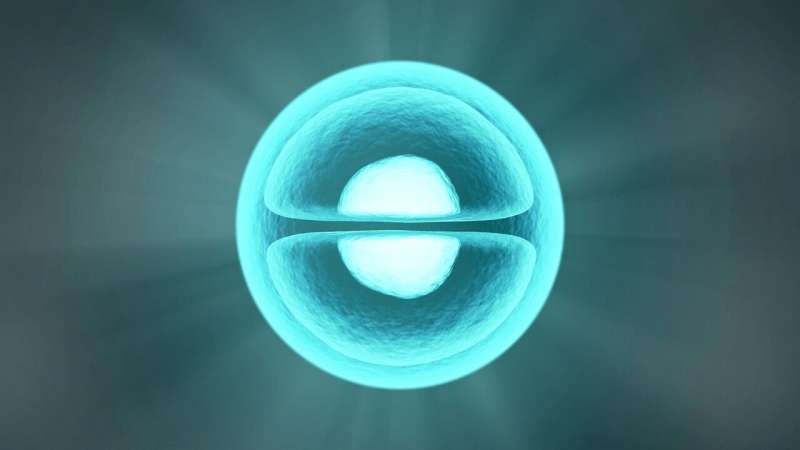Video: Artificial cells

What is life? The most basic and smallest form of life we know is a single cell. Trying to create living cells from scratch is therefore the ultimate goal for Alexander Mason. However, as a cell consists of lots of parts and has many different functions this is a big challenge. In this video lecture Alexander Mason explains how he uses non-living materials like proteins and polymers as building blocks that we can hopefully one day use to build something that approaches life.
The ability to create a cell with any desired function could be a really powerful tool to solve many challenges we face in our society. For example, we could make an artificial kidney that can filter blood to help people who suffer with chronic kidney disease. Or we can make an artificial cell that releases medicine in a specific location in the body at a specific time, to better treat difficult chronic diseases like cancer. By creating life in the lab we could even gain insight into the origin of life on earth.
Provided by Eindhoven University of Technology




















